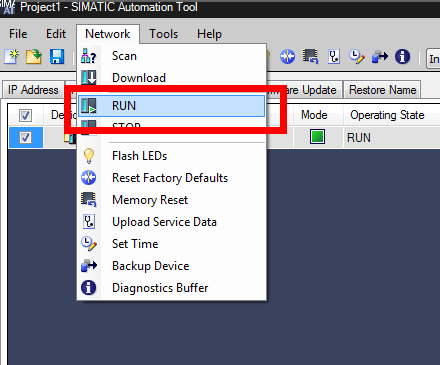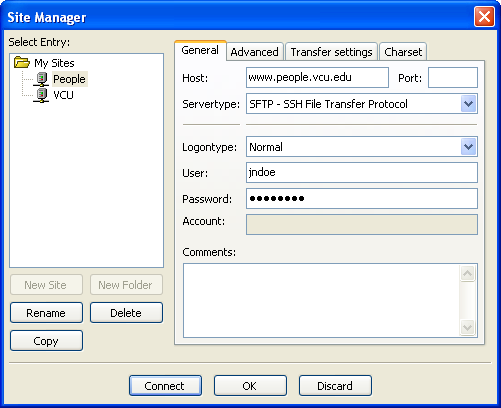

- #Connect to s3 with filezilla install
- #Connect to s3 with filezilla manual
- #Connect to s3 with filezilla password
- #Connect to s3 with filezilla download
The next prompt asks for the path to the GPG program.
#Connect to s3 with filezilla password
Setting a password now won’t cause objects to be automatically encrypted it just makes encryption available later.Įncryption password is used to protect your files from readingīy unauthorized persons while in transfer to S3 Unlike HTTPS, which protects files only while in transit, GPG encryption prevents others from reading files both in transit and while they are stored on DigitalOcean. The next prompt is for an optional encryption password. "%(bucket)s" and "%(location)s" vars cĪn be used if the target S3 system supports dns based buckets.ĭNS-style bucket+hostname:port template for accessing a bucket : %(bucket)s. Use "%(bucket)s.s3." to the target Amazon S3. Again, you will change this if your bucket is in a different region. Enter the following template format exactly as written: %(bucket)s. Because Spaces supports DNS-based endpoint URLs, you can use the variable %(bucket)s to stand in for the name of your bucket. The next prompt asks for a URL template to access your bucket. Use "s3." for S3 Endpoint and not modify it to the target Amazon S3. Use the endpoint for the region your buckets are in. Next, enter the DigitalOcean Spaces endpoint.

Leave them empty for using the env variables.
#Connect to s3 with filezilla manual
Refer to user manual for detailed description of all options.Īccess key and Secret key are your identifiers for Amazon S3. If you prefer, you can use the environment variables AWS_ACCESS_KEY_ID AWS_SECRET_ACCESS_KEY to store a set of keys.Įnter new values or accept defaults in brackets with Enter. If you don’t already have keys, you can generate a set for s3cmd by visiting the control panel’s API page.Įnter your keys, then accept US for the Default Region because the region information isn’t relevant to DigitalOcean. The script begins by asking for an Access Key and Secret Key. The configuration file will be created in the directory where you issue the command, so specify the path if you want it created elsewhere. If you’re already using s3cmd with another service, you can create an alternate configuration file by adding the -c flag and supplying a filename. If DigitalOcean is the main or only provider you’ll connect to with s3cmd and you don’t want to specify its configuration file every time you use s3cmd, configure the default ~/.s3cfg file with the following command: s3cmd -configure You can specify a different configuration by appending -c ~/path/to/config/file to each command you run. S3cmd uses the options set in its default configuration file when you run commands. s3cfg, in the home directory of the user that ran the configuration command.s3cfg is a plain text file of key/value pairs which can be edited directly once it has been created. To generate these, visit the API page in the DigitalOcean Control Panel.īy default, s3cmd stores its configuration file.
#Connect to s3 with filezilla install
Homebrew users can install the latest version with the command brew install s3cmd.Īn access key pair for your Spaces buckets.

#Connect to s3 with filezilla download
Versions from package managers may be out of date, so we recommend using the s3cmd download page. You can check your version with s3cmd -version. To use s3cmd with DigitalOcean Spaces, you need:

S3cmd is a popular cross-platform command-line tool for managing S3 and S3-compatible object stores. The built-in Spaces CDN minimizes page load times, improves performance, and reduces bandwidth and infrastructure costs. Each Space is a bucket for you to store and serve files. Spaces Object Storage is an S3-compatible object storage service that lets you store and serve large amounts of data.


 0 kommentar(er)
0 kommentar(er)
